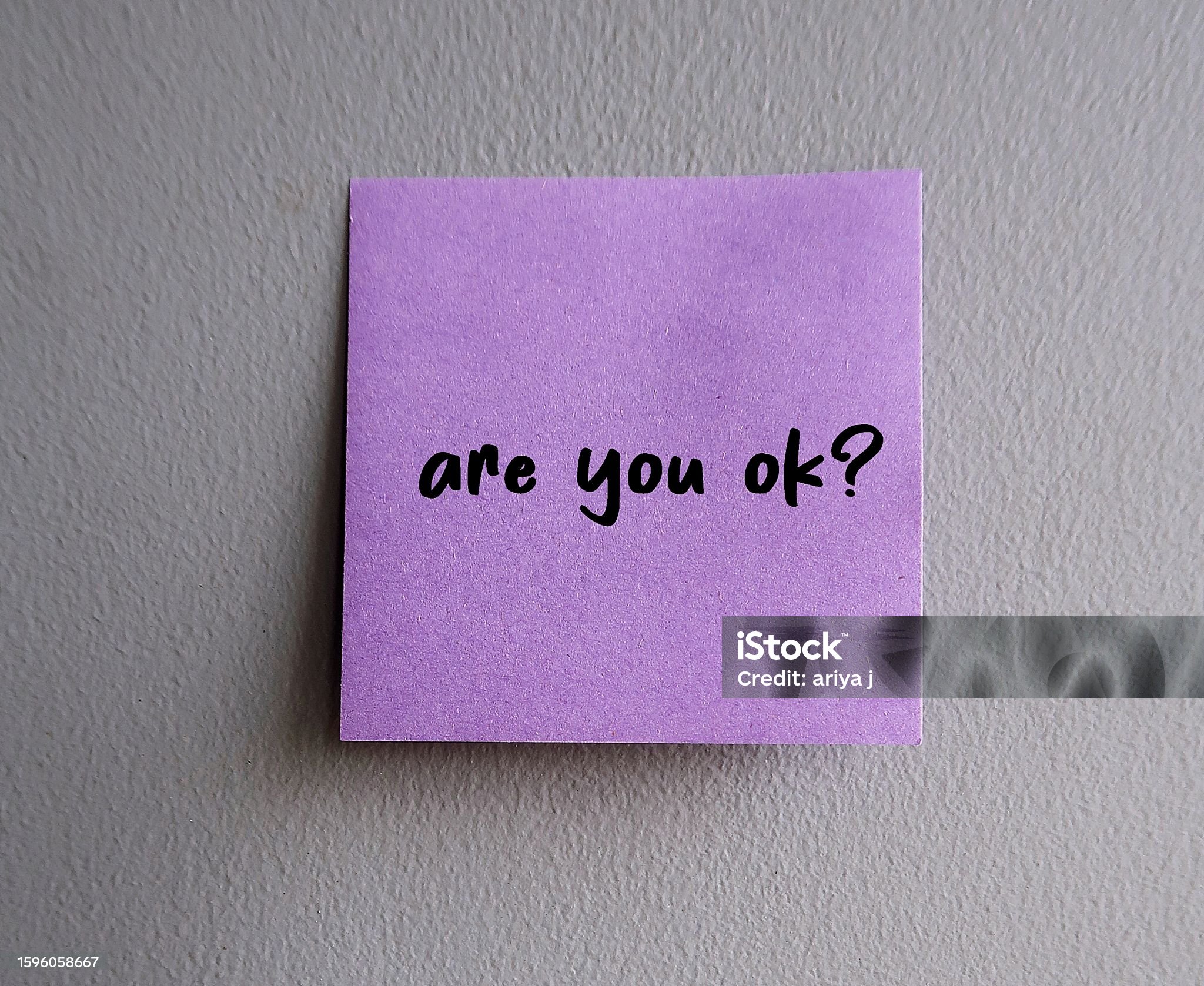
Mental health is a critical aspect of our overall well-being, yet many people struggle to distinguish between being mentally healthy and experiencing mental illness. The distinction isn’t always clear-cut, as mental health exists on a spectrum, and everyone has moments of emotional struggle. Understanding the differences can help you better care for yourself and support those around you.
What Does It Mean to Be Mentally Healthy?
Being mentally healthy doesn’t mean feeling happy or calm all the time. Instead, it refers to a state of emotional, psychological, and social well-being that allows you to cope with life’s challenges, maintain meaningful relationships, and work toward your goals.
Key Characteristics of Mental Health:
- Emotional Resilience:
- Mentally healthy people can manage stress and recover from setbacks. They feel emotions like sadness, anger, or frustration but don’t become overwhelmed by them.
- Effective Coping Mechanisms:
- They use healthy strategies to deal with difficult emotions, such as talking to a friend, exercising, or practising mindfulness.
- Positive Relationships:
- They form and maintain supportive, fulfilling relationships with others, rooted in mutual trust and respect.
- Clear Thinking:
- They are generally able to focus, make decisions, and process emotions without significant interference.
- Adaptability:
- Mentally healthy individuals can adapt to change and navigate life transitions with a sense of balance and control.
- Sense of Purpose:
- They find meaning in their lives, whether through work, hobbies, relationships, or personal values.
Challenges in Mental Health:
Even mentally healthy people experience periods of sadness, stress, or anxiety. These feelings are normal reactions to life events, like losing a loved one or facing financial troubles. The key difference is that these emotions are temporary and don’t interfere significantly with daily functioning.
What Does It Mean to Be Mentally Ill?
Mental illness refers to clinically diagnosable conditions that disrupt a person’s thinking, feeling, mood, behavior, or ability to relate to others. These conditions often require professional treatment and support.
Key Characteristics of Mental Illness:
- Persistent Distress:
- Unlike temporary emotional struggles, mental illnesses involve ongoing symptoms that don’t easily resolve. For example, feeling hopeless for weeks or months rather than days.
- Impairment in Daily Life:
- Mental illnesses often interfere with the ability to work, maintain relationships, or take care of oneself. Tasks that once felt routine may become overwhelming.
- Biological and Psychological Factors:
- Mental illnesses can stem from a combination of genetics, brain chemistry, and environmental factors like trauma or chronic stress.
- Loss of Emotional Regulation:
- People with mental illness may feel stuck in extreme emotions or unable to cope with daily stressors. For example:
- Depression: Persistent sadness, loss of interest, and low energy.
- Anxiety Disorders: Chronic worry, fear, or panic that disrupts daily life.
- People with mental illness may feel stuck in extreme emotions or unable to cope with daily stressors. For example:
- Physical Symptoms:
- Many mental illnesses manifest physically, such as fatigue, headaches, or gastrointestinal issues tied to stress or emotional distress.
- Disconnected Reality (In Severe Cases):
- Certain illnesses, like schizophrenia or severe bipolar disorder, can involve delusions, hallucinations, or distorted thinking.
Mentally Healthy vs. Mentally Ill: The Overlap
Mental health isn’t binary—it’s a spectrum. Even people who are mentally healthy can experience emotional challenges, and people with mental illness can have periods of stability and happiness.
Key Differences to Understand:
| Aspect | Mentally Healthy | Mentally Ill |
|---|---|---|
| Emotional State | Handles ups and downs with resilience. | Struggles with prolonged distress or imbalance. |
| Coping Skills | Uses effective coping strategies. | May rely on unhealthy coping or feel overwhelmed. |
| Daily Functioning | Can maintain relationships, work, and hobbies. | Finds daily tasks and relationships difficult. |
| Duration of Struggles | Temporary, situational stress. | Persistent symptoms lasting weeks or months. |
Why This Distinction Matters
Understanding the difference between mental health and mental illness is crucial for several reasons:
- Destigmatizing Mental Illness:
- Recognizing that mental illness is not a weakness but a medical condition helps reduce stigma and encourages people to seek help.
- Encouraging Early Intervention:
- Spotting signs of mental illness early can lead to effective treatment, improving outcomes for those affected.
- Promoting Mental Health Awareness:
- Understanding that everyone has mental health—even if they’re not mentally ill—emphasizes the importance of self-care and prevention.
How to Support Mental Well-Being
Whether you consider yourself mentally healthy or are living with a mental illness, here are steps to maintain or improve your mental well-being:
For Those Who Are Mentally Healthy:
- Practice self-care through regular exercise, healthy eating, and adequate sleep.
- Build strong social connections to support you in tough times.
- Stay mindful of stress and seek help early if emotions feel unmanageable.
For Those Experiencing Mental Illness:
- Seek professional help through therapy, medication, or support groups.
- Create a support system of understanding friends or family members.
- Focus on small, manageable goals to rebuild a sense of control.
Final Thoughts
Mental health and mental illness exist on a continuum, and everyone moves along this spectrum at different points in life. Being mentally healthy doesn’t mean life is free from challenges, and experiencing mental illness doesn’t mean someone can’t live a fulfilling, meaningful life.
The key is awareness—of your own mental state and that of those around you—and the willingness to seek help when needed. Whether you’re maintaining mental health or managing mental illness, remember: you don’t have to do it alone.




